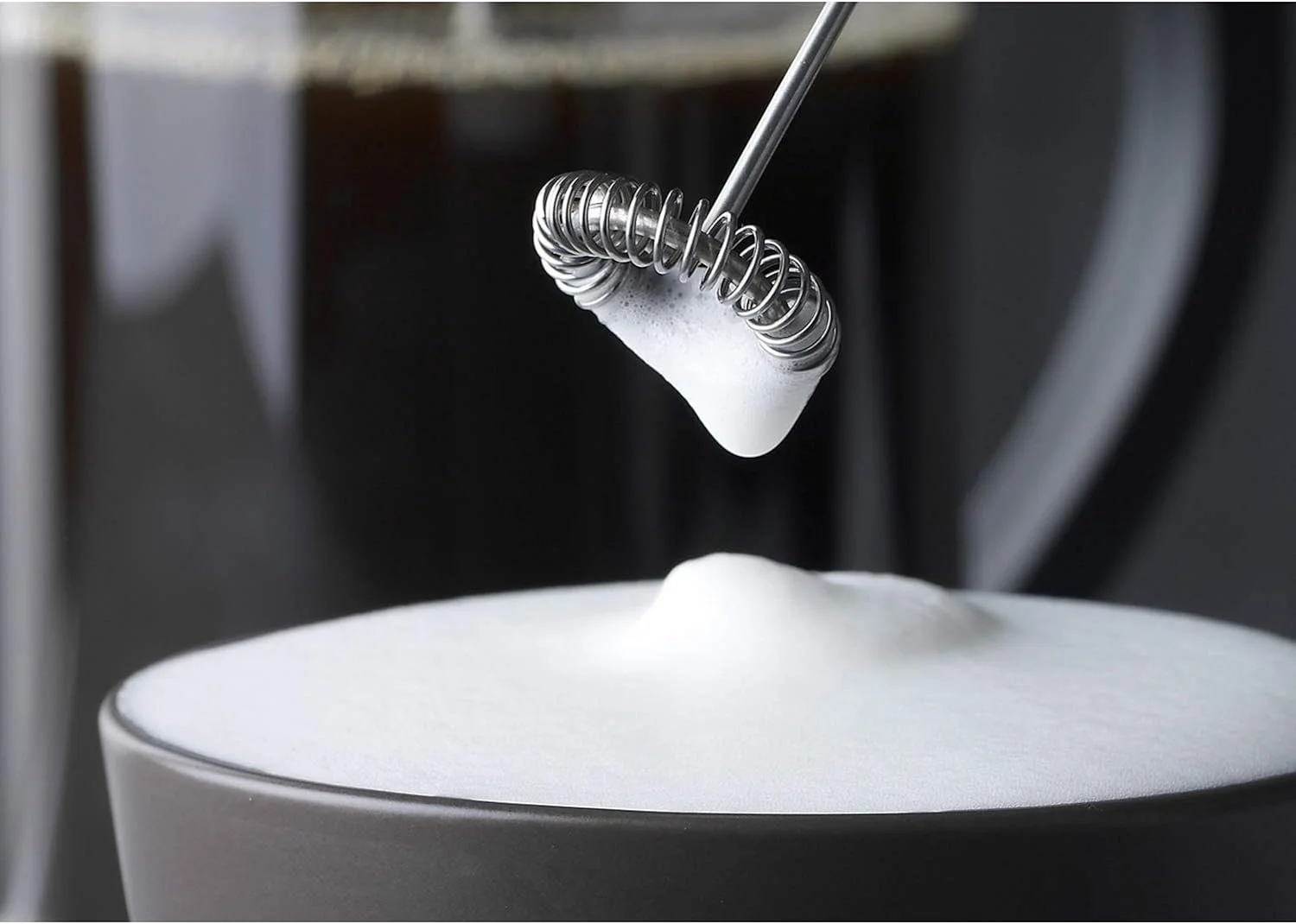Foaming Milk
Getting the milk to foam properly when making a real cappuccino with espresso and steamed milk is a precise art. Creating the perfect foam for your coffee is not as easy as it sounds.
It is generally accepted that one should use cold milk (40°F [4°C]) and rapidly inject steam into the chilled liquid.
The steam and rapid mixing form the bubbles that create the foam.
Steam injection produces significantly stronger foams compared with bubbling and mechanical agitation.
The type of milk is important. Most skim and part-skim milks are easier to foam than whole milk; however, foam from whole milk can be more tasty and creamy.
Hot milk can have a negative effect on many aspects of both foam formation and stability. When hot, milk becomes less viscous and therefore the liquid drains faster from within the bubbles. Second, the solubility of air in hot milk decreases, inhibiting foam formation.
Milk that has been heated and then cooled should be suitable for foaming. However, milk that has been ultra-high temperature treated (that is, sterilized) produces weaker foams, presumably because the extremely high processing temperatures have reduced the ability of proteins to adsorb to and stabilize the bubbles.
Foams produced with skim milk are more stable than those made with whole milk because of the detrimental effect of fat on the liquid foam.
It is recommended that a stainless-steel jug be used to create the foam. Steel will dissipate some of the heat, allowing more time for air to become infused into the cold milk before it gets too hot and fat globules become liquid.


